When it comes to the Amazon Rainforest, most people are familiar with this region, often described as the green lung of humanity. The Amazon forest is one of the largest tropical forests in the world and therefore holds great significance for all of humankind. Let’s explore more about this forest in the following article.
The vast Amazon Rainforest is likened to the “green lung” of humanity.
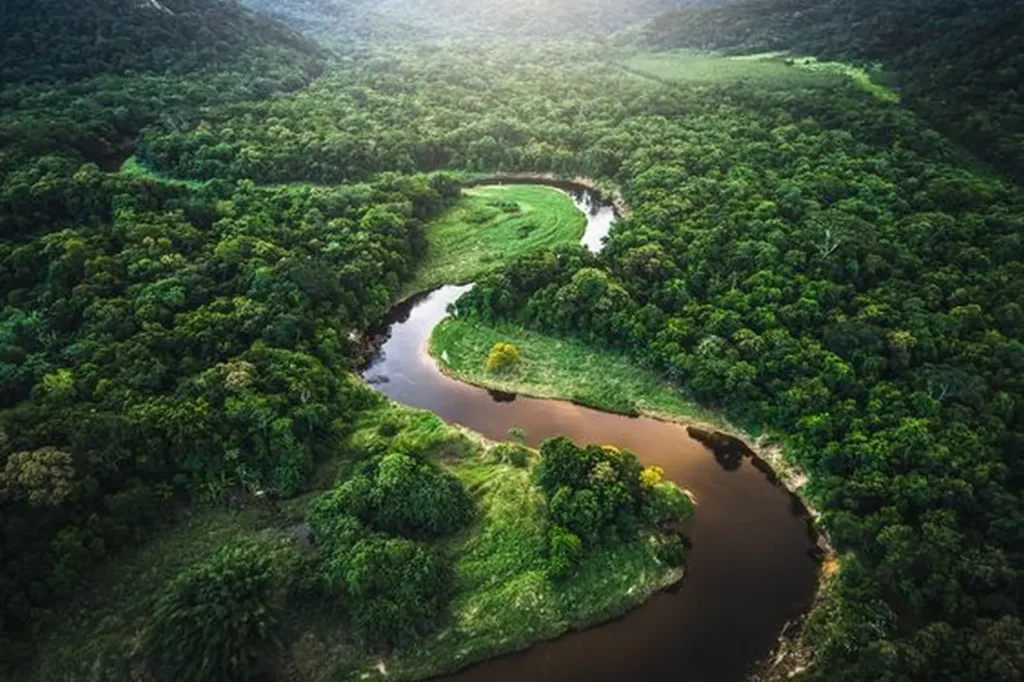
The Amazon Rainforest Ecosystem is a humid forest located in the Amazon Basin of South America, with an area of up to 5.5 million square kilometers, serving as a biosphere reserve for humanity.
Due to its vast forest area, the Amazon Rainforest spans across nine major countries, including Brazil, Peru, Colombia, Venezuela, Ecuador, Bolivia, Guyana, Suriname, and French Guiana.
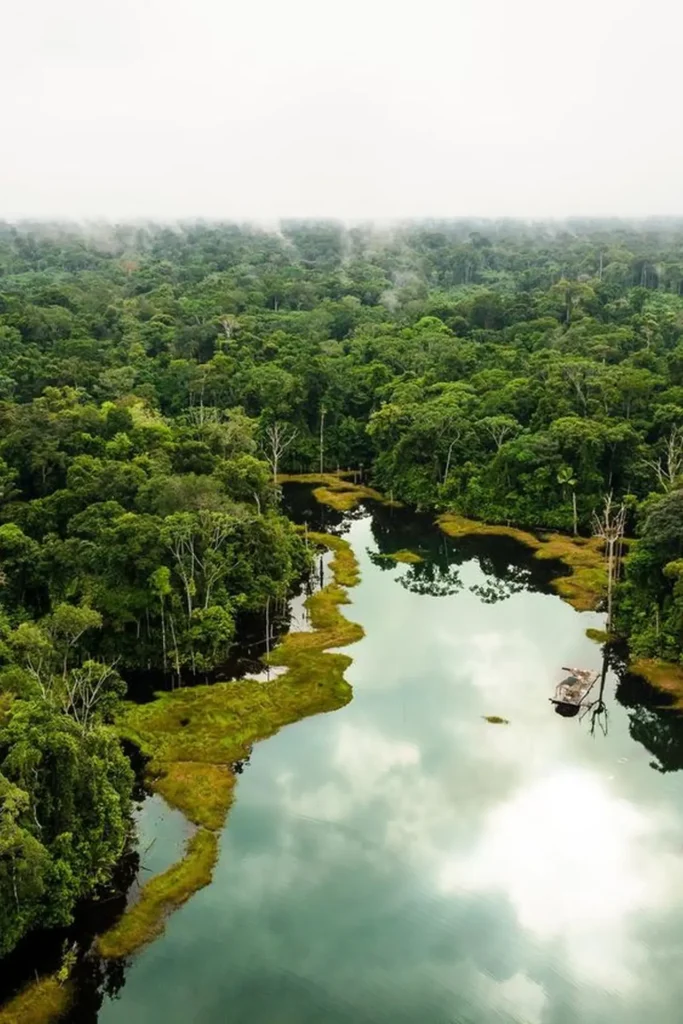
Despite its large ecosystem, being located in a hot and humid tropical region, the average temperature of the Amazon Rainforest is around 26 degrees Celsius. This hot and humid climate has a significant impact on the conservation of rare species in the Amazon forest.
The Amazon Rainforest Ecosystem
The Amazon Rainforest ecosystem is a community of organisms that not only preserves rare natural plant species worldwide but also conserves a rich and diverse range of insect and rare animal species.
The Abundance of Animal Species
The Amazon Rainforest is known as the birthplace of millions of rare species, such as:
- Over 2.5 million insect species
- Nearly 100,000 invertebrate species
- Approximately 40,000 plant species
- About 3,000 fish species
- Nearly 2,000 bird species
- Around 500 mammal species
- Approximately 500 amphibian species
- Nearly 400 reptile species
According to statistical data from scientific researchers, approximately 20% of bird species in the world are born and raised in the Amazon Rainforest.
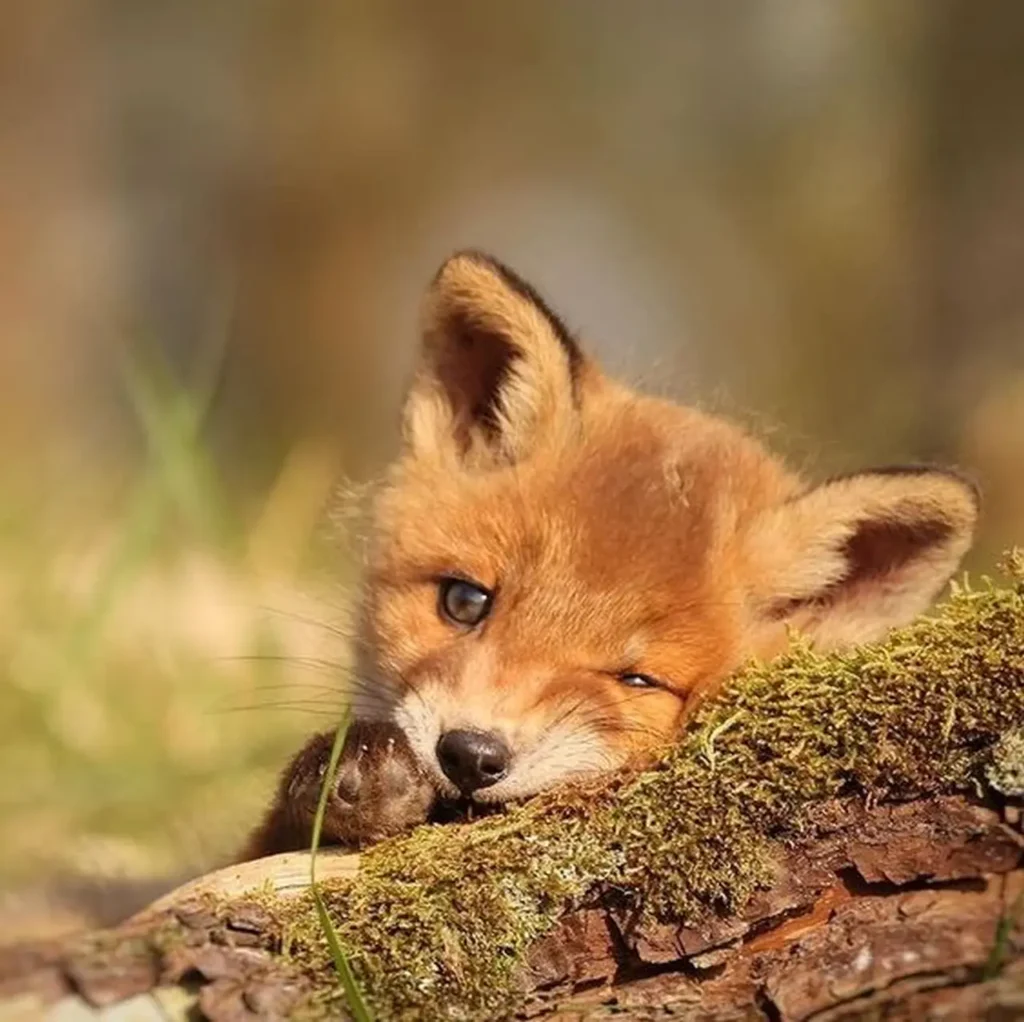
Along with the diversity and abundance of flora and fauna, the Amazon Rainforest has become a refuge for many dangers to humans, especially those living in close proximity. Due to the diverse range of species, including both rare and common ones, it is impossible not to mention the highly dangerous predatory animals, such as:
- Jaguar
- Black Caiman
- Anaconda Python
- Electric Eel
- Tiger Fish
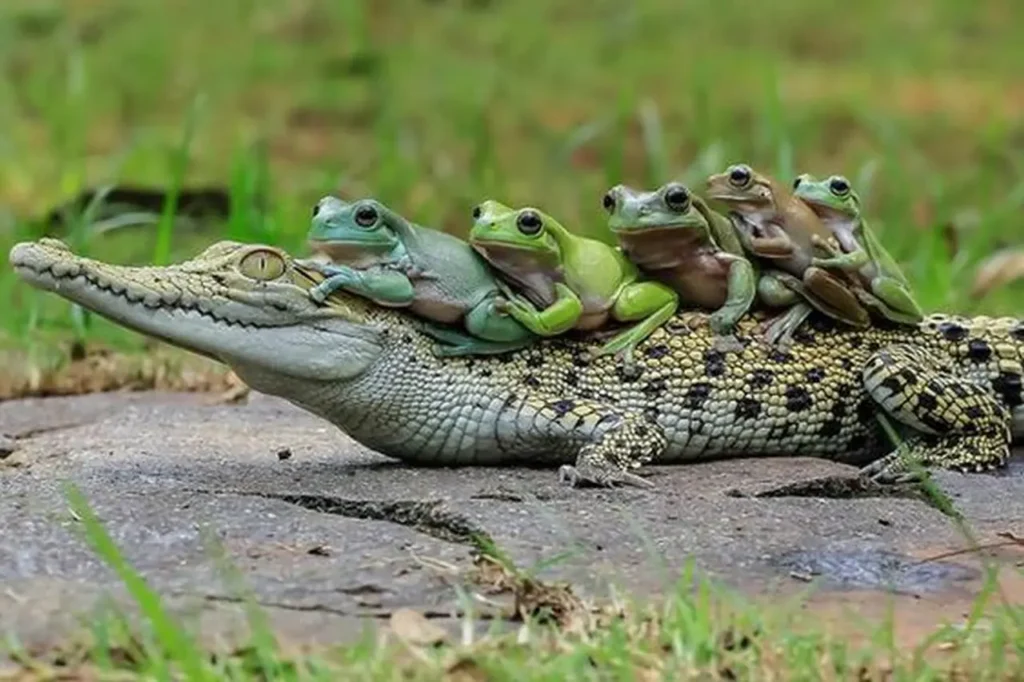
These particularly dangerous animal species can pose a direct threat to human lives. Additionally, there are other animal species that act as carriers of infectious diseases and harmful viruses for humans, such as certain frog species, bats, and parasitic organisms,…
The Diversity of Plant Life
When discussing the ecological diversity of the Amazon Rainforest, it is impossible not to mention the abundance of nature found here. If you are unaware of the significant role the Amazon Rainforest plays in preserving nature, then you must pay attention to the information below.
- Nearly 500,000 plant species play a crucial role in driving the economy.
- Approximately 150,000 higher plant species.
- About 75,000 woody plant species.
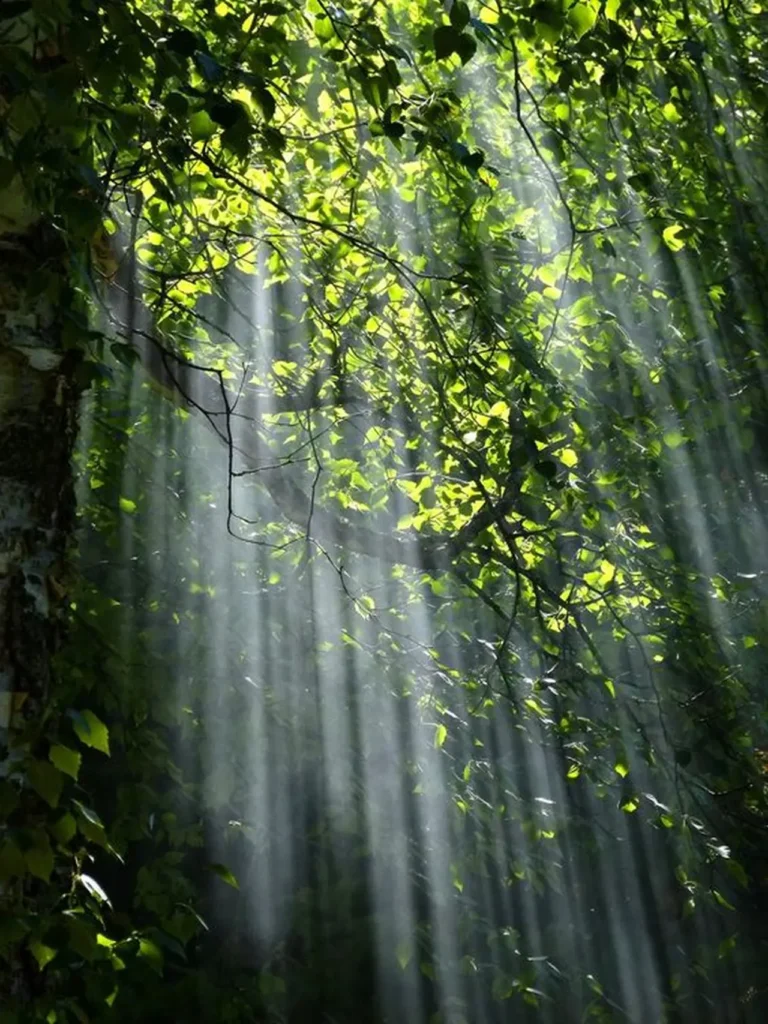
It is known that, on average, every square kilometer of the Amazon Rainforest still contains over 90,000 tons of surviving plant life. With such results, we can understand that the preservation of plants and nature in the Amazon Rainforest is tightly secured to ensure the complete preservation of the Earth’s green lungs for humanity.
Human Settlement and Residency
If you think that the Amazon Rainforest ecosystem only consists of plants and animals, you are mistaken. Human settlements and cultivation also exist here. The inhabitants in this area primarily practice a nomadic lifestyle, living and farming within the forest. They are known as the “people of the Amazon”.
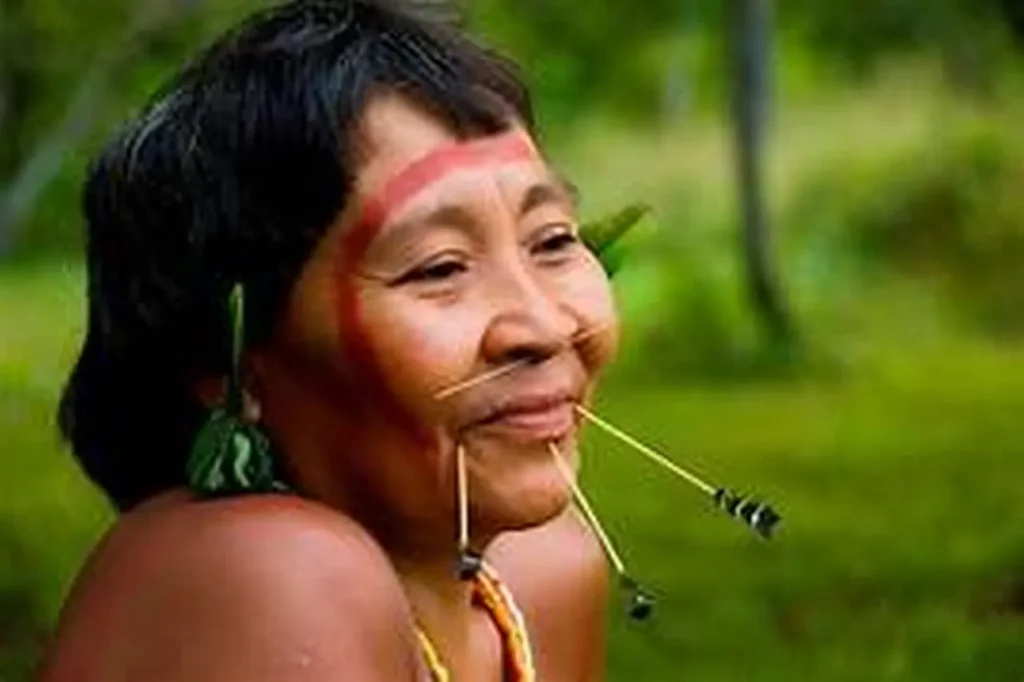
Although they do not significantly impact the Amazon Rainforest ecosystem, they are involved in illegal exploitation of rare plants and animals within the forest. As a result, they are exposed to the dangers presented by the Amazon Rainforest ecosystem.
Abundant Mineral Resources
Mineral resources are one of the valuable assets provided by the Amazon Rainforest ecosystem, with high economic value. The ecosystem contains a large quantity of minerals, capable of enriching the economies of the nine countries within the Amazon region.
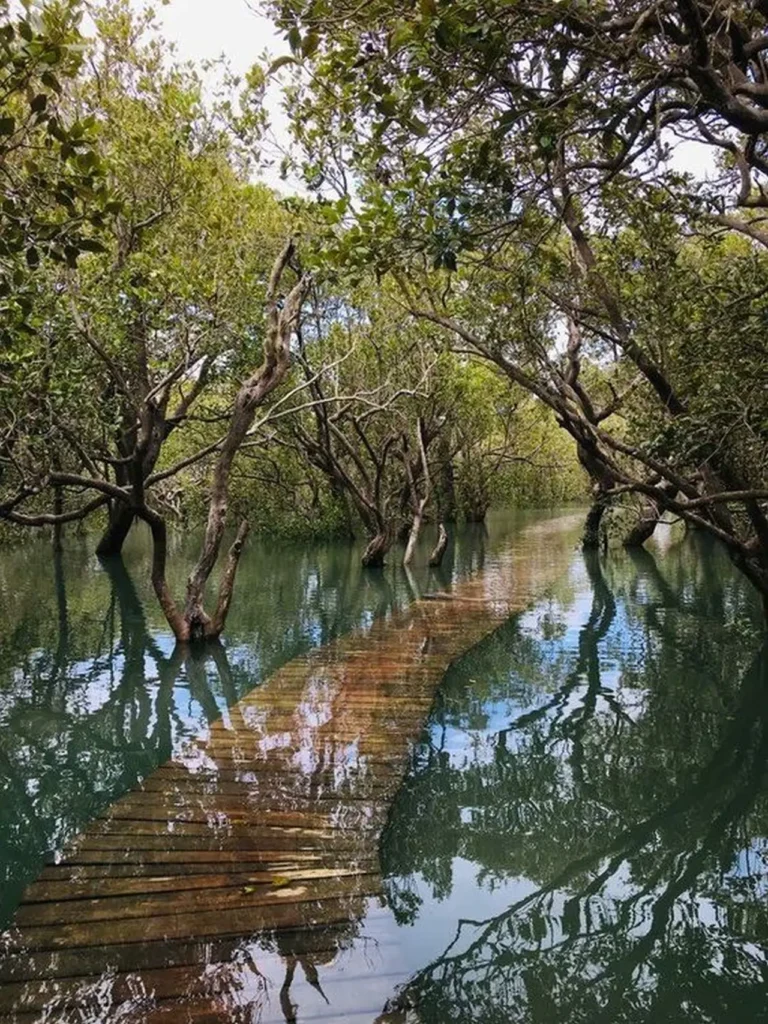
However, due to the abundance of mineral resources, countries are competing to exploit them, leading to an alarming level of mineral extraction within the Amazon rainforest ecosystem. This has become one of the issues that needs attention and condemnation from authorities.
Role of the Amazon rainforest ecosystem
The Amazon rainforest ecosystem plays a significant role in the world, especially for humanity. Some important roles of the Amazon rainforest for humans include:
- Regulating rainfall in the South American region.
- Stabilizing global temperatures.
- Acting as the Earth’s green lungs, filtering pollutants for humanity.
- Supplying oxygen for life.
- Preserving humanity’s natural heritage.
- Holding valuable biodiversity reserves.
- Having great potential for agriculture and transportation industries.
If we were to lose the green lungs of the Amazon rainforest, human survival and existence would be difficult to sustain until now. Comparing the Amazon rainforest ecosystem to humanity’s oxygen tank, it provides vitality, breath, and a pristine environment for humans. Undoubtedly, this is an area that needs to be conserved and protected, avoiding deforestation and land encroachment that destroys this green lung.
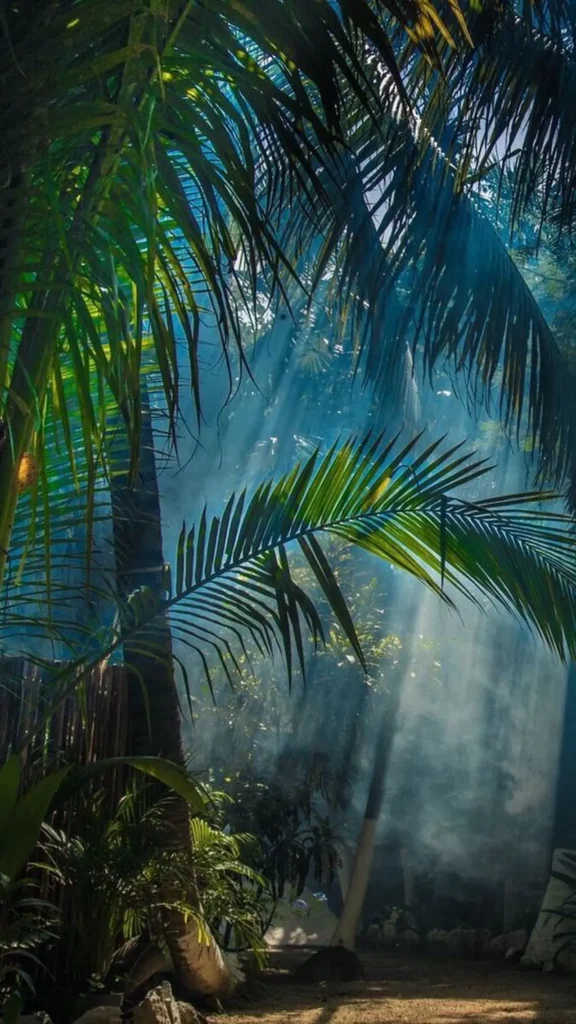
Measures to protect the Amazon rainforest ecosystem
Currently, the situation of the Amazon rainforest ecosystem is being exploited by humans, and it is being warned at an alarming level that intervention is necessary. According to statistics from the Ministry of the Environment of Peru, from 2001 to 2016, the Amazon rainforest ecosystem lost nearly 2 million hectares of land, which means an average of about 123,000 hectares of land invaded each year.
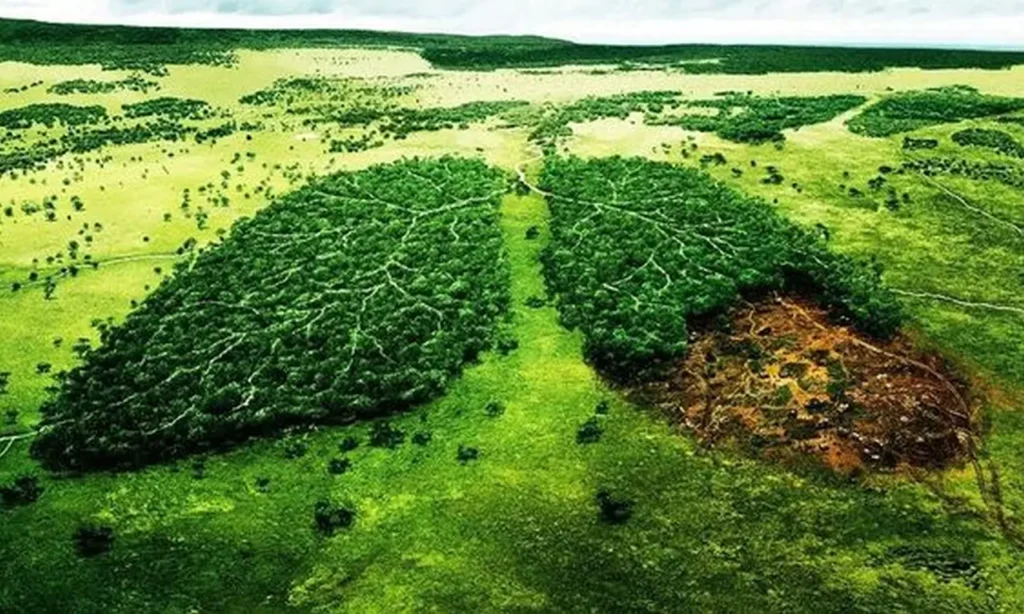
Therefore, to ensure the preservation of the green lungs for humanity, we need practical measures to improve the situation of hundreds of thousands of hectares of forest land being used each year.
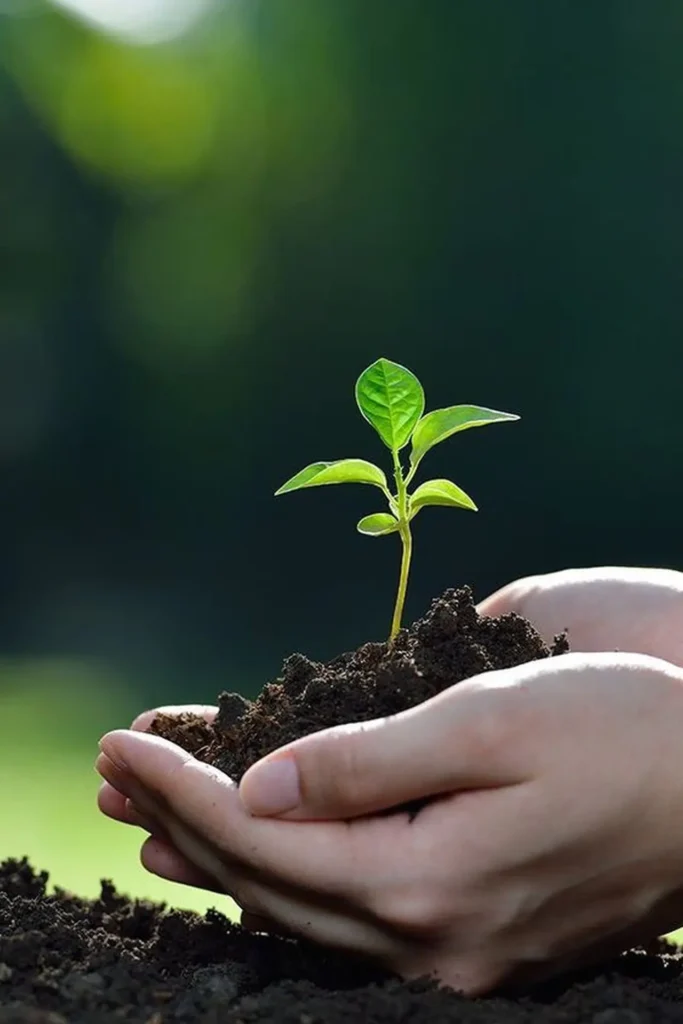
The Amazon rainforest ecosystem is vast, and major governmental agencies have already implemented measures to protect it. While we may not be able to change the big things, we can contribute to the protection of the Amazon rainforest ecosystem through small practical actions, such as:
- Encouraging people to join hands in protecting forest resources.
- Increasing awareness and understanding of the importance of the ecosystem for humanity, so that people can recognize the severe consequences if this ecosystem continues to be destroyed.
- Enhancing tree planting and reforesting barren hills.
- Encouraging the reduction of consumption of products made from trees and wood.
Most of these measures to protect the Amazon rainforest ecosystem are small actions that individuals can easily undertake. By raising awareness and fostering an understanding within each person, the task of protecting the Amazon rainforest ecosystem and other forest areas becomes less daunting.
These are important pieces of information about the Amazon rainforest ecosystem that we can provide. We hope that with the information provided in this article, you will gain a better understanding of this ecosystem and realize the importance of the Amazon rainforest. Together, let’s take practical measures and contribute to the protection of humanity’s green lungs.